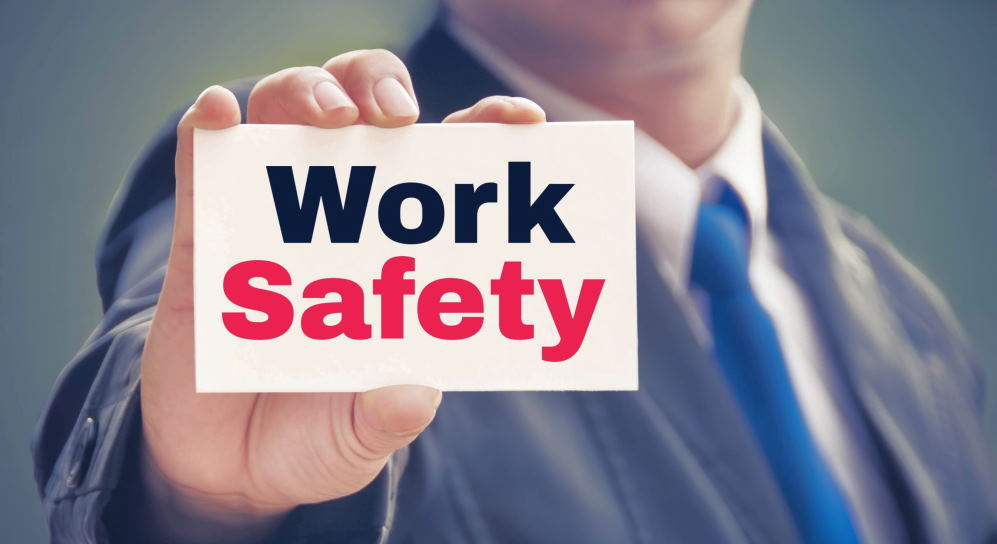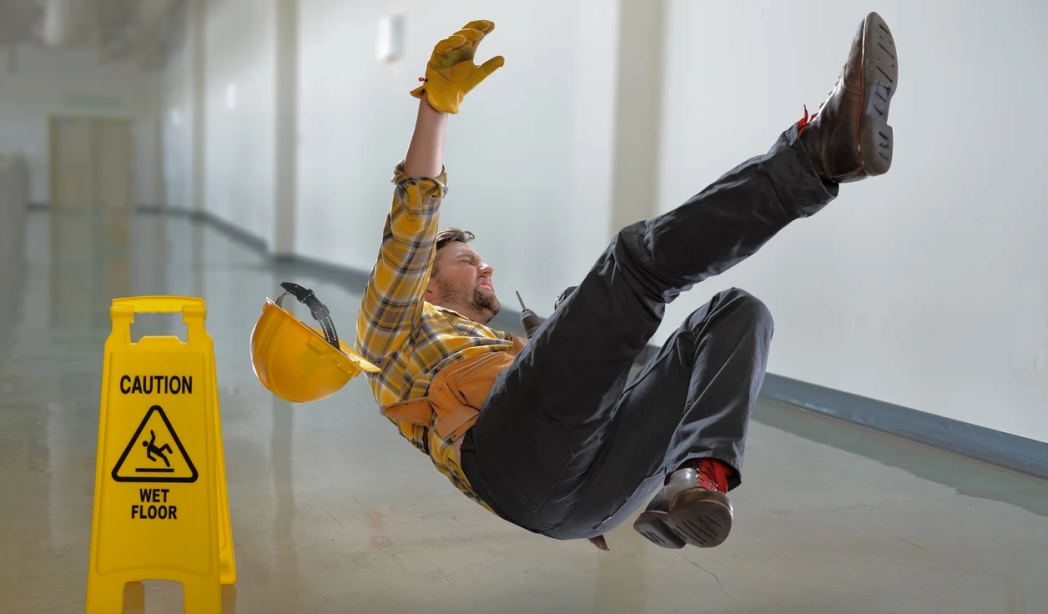No matter what type of job you have, keeping yourself safe while you’re on the clock is always important. But did you know that there are different types of workplace safety hazards? Some may be more common in certain industries, while others could be present in any work environment. Here’s a look at some of the most common workplace safety hazards and how you can avoid them.
The most common workplace safety hazards
There are a variety of workplace safety hazards that can pose a threat to employees. Some of the most common hazards include:
- slips, trips, and falls
- exposure to harmful substances
- manual handling injuries
- ergonomic risks
- electrical hazards
- vehicle-related risks.
Employers have a duty of care to provide a safe working environment for their employees and should take active measures to identify and control any potential safety hazards in the workplace.
If you have any workplace safety concerns, you should speak to your employer or health and safety representative. You can also report any concerns to the relevant authorities.

How to protect your employees from the most common workplace safety hazards
The most common workplace safety hazards can be divided into four main categories: slips, trips, and falls; electrical hazards; ergonomic hazards; and chemical hazards.
- Slips, trips, and falls
Slips, trips, and falls are the leading cause of workplace injuries, accounting for more than 15% of all reported accidents. They can occur anywhere in the workplace but are most common in areas with a lot of foot traffic, such as hallways, stairwells, and parking lots. Employers should maintain a clean and well-organized workspace to prevent slips, trips and falls. For example, floors should be free of debris, spills should be cleaned up immediately and floor mats should be used in wet or slippery areas.
- Electrical hazards
Electrical hazards are another leading cause of workplace injuries, accounting for more than 10% of all reported accidents. These hazards can occur when electrical equipment is not used properly or needs to be well-maintained. To prevent electrical accidents, employers should ensure that all electrical equipment is properly grounded and that extension cords are not overloaded.
 Ergonomic hazards
Ergonomic hazards
Ergonomic hazards are those that result from incorrect or poor posture while working. They can lead to various injuries, including back pain, carpal tunnel syndrome, and tendonitis. To prevent ergonomic injuries, employers should provide employees with proper training on using equipment and tools safely. They should also ensure that workstations are ergonomically designed and that employees have access to adjustable furniture.
- Chemical hazards
Chemical hazards are those that result from exposure to hazardous chemicals. These chemicals can be found in various products, such as cleaners, solvents, and pesticides. To prevent chemical accidents, employers should provide employees with proper training on handling and using these products safely. They should also ensure that work areas are well-ventilated and that proper safety equipment is worn when working with hazardous chemicals.

